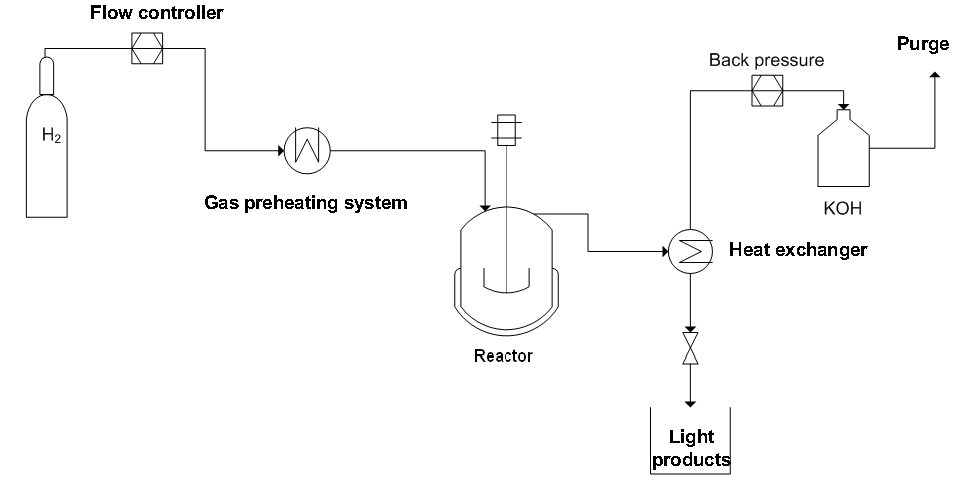 |
|
Ultra-dispersed catalysts are the alternative for heavy oil hydroprocessing because of their high activity, low deactivation rate and low catalysts metal concentration. However, metals used for ultra-dispersed catalysts are expensive, therefore it is necessary to consider different strategies to improve catalysts for heavy oil hydroprocessing. In this study, we have evaluated the catalytic performance of four catalytic emulsion formulations containing molybdenum and nickel and two solid dispersed formulations containing iron. Results showed that at tested conditions, the percentage of converted products for VR 500°C+ and asphaltenes are comparable for emulsion formulations, showing no nickel synergistic effect. Also, VR 500°C+ conversion for iron formulations are comparable with thermal cracking conversion for the same feedstock. Even so, iron formulations had a poorer performance than emulsion formulations, Fe-m showed a 7 wt% coke yield, a 46 wt% VR 500°C+ conversion (higher than emulsion formulations) and 4 wt% liquid yield increase (87 wt%) in comparison with thermal cracking (83 wt%) meaning that this type catalyst could be used to upgrade heavy oil feedstocks at medium severity.
Keywords: ultra-dispersed, iron, hydrocracking, hydrotreating, hydroprocessing.
|
|
 |

